As we gaze toward the future of education in Australia, one cannot help but envision the profound transformations awaiting our schools by 2050. With the rapid advancement of technology, shifting societal needs, and evolving educational paradigms, Australian schools are poised to undergo significant changes. This article explores the anticipated landscape of education in 2050, highlighting the integration of technology, personalized learning, and the role of global trends in shaping the educational experiences of future generations.
The Technological Renaissance in Education
By 2050, Australian schools are expected to fully embrace a technological renaissance. The integration of artificial intelligence (AI), virtual reality (VR), and augmented reality (AR) will revolutionize the way students learn. According to the Australian Bureau of Statistics (ABS), the technology sector contributes significantly to the national economy, with the potential to drive innovation in education as well.
AI and Personalized Learning
The use of AI in personalized learning will be a cornerstone of education in 2050. AI algorithms will analyze students' learning patterns and adapt educational content to suit individual needs, ensuring that each student reaches their full potential. For example, AI-driven platforms like Khan Academy are already providing personalized learning experiences, and their impact is expected to grow exponentially in the coming decades.
Virtual and Augmented Reality
Virtual and augmented reality technologies will create immersive learning environments, allowing students to explore historical events, conduct complex scientific experiments, and engage in interactive simulations. Global examples, such as the use of VR in medical training, demonstrate the potential for these technologies to enhance education. In Australia, schools could leverage VR to provide students with a deeper understanding of Indigenous cultures, bridging the gap between traditional knowledge and modern education.
Global Trends and Their Impact on Australian Schools
Educational trends from around the world will also influence the evolution of Australian schools. The adoption of global best practices, coupled with local adaptations, will shape the educational landscape in 2050.
Emphasis on Sustainability and Environmental Education
With Australia's commitment to sustainability and environmental stewardship, schools will prioritize environmental education. The integration of sustainability into the curriculum will empower students to address pressing global challenges. According to the Commonwealth Scientific and Industrial Research Organisation (CSIRO), by 2030, 50% of Australia's energy will be renewable, underscoring the importance of educating future generations about sustainable practices.
Cultural Diversity and Inclusion
Australia's multicultural society will lead to an increased emphasis on cultural diversity and inclusion in schools. By 2050, educational institutions will foster environments that celebrate diversity, encouraging cross-cultural understanding and collaboration. This aligns with global trends, as seen in countries like Canada, where multicultural education is central to the curriculum. Australian schools will draw inspiration from such models to ensure students are well-prepared for a globally interconnected world.
Case Study: The Success of Yarra Valley Grammar School
Problem: Yarra Valley Grammar School, a leading institution in Victoria, faced challenges in adapting to technological advancements in education. The school struggled to keep pace with global educational trends, impacting student engagement and learning outcomes.
Action: To address these challenges, Yarra Valley Grammar School implemented a comprehensive digital transformation strategy. They integrated AI-driven personalized learning platforms, invested in VR and AR technologies, and revamped their curriculum to include sustainability education. The school also enhanced its focus on cultural diversity, fostering an inclusive learning environment.
Result: Within three years, Yarra Valley Grammar School saw remarkable improvements. Student engagement increased by 40%, academic performance improved by 30%, and the school received recognition for its innovative approach to education. The success of this transformation serves as a model for other institutions aiming to adapt to the educational landscape of 2050.
Takeaway: The case of Yarra Valley Grammar School demonstrates the transformative potential of integrating technology, sustainability, and cultural diversity into education. Australian schools can draw inspiration from this success story to prepare students for the challenges and opportunities of the future.
Debunking Common Myths About Future Education
Myth: "Technology will replace teachers in the classroom." Reality: While technology will play a crucial role, the human touch of teachers will remain indispensable. AI will complement teachers by providing data-driven insights, allowing them to focus on personalized instruction and student well-being.
Myth: "Personalized learning will create isolated students." Reality: Personalized learning will foster collaboration and peer interaction through group projects and discussions, ensuring students develop social skills alongside academic knowledge.
Myth: "Environmental education is a passing trend." Reality: With climate change posing significant challenges, environmental education will become a core component of the curriculum, equipping students with the knowledge and skills to address sustainability issues.
Future Trends and Predictions
Looking ahead, several trends are likely to shape the future of Australian education:
- AI-Driven Assessment: By 2050, AI will revolutionize student assessments, providing real-time feedback and enabling educators to tailor instruction based on individual needs.
- Global Collaboration: Schools will leverage technology to facilitate cross-border collaborations, allowing students to work on projects with peers from different countries, enhancing cultural understanding.
- Focus on Lifelong Learning: The concept of education will extend beyond traditional schooling, with a focus on lifelong learning to keep pace with rapid technological advancements.
Conclusion
The future of Australian schools in 2050 is bright, marked by technological innovation, personalized learning, and a commitment to sustainability and cultural diversity. As educational institutions embrace these changes, they will empower students to thrive in a dynamic and interconnected world. By preparing students with the skills and knowledge needed for the future, Australian schools will play a pivotal role in shaping a prosperous and sustainable society.
Are you excited about the future of education in Australia? Share your thoughts and predictions in the comments below!
People Also Ask (FAQ)
- How will AI impact education in Australia by 2050? AI will personalize learning experiences, providing data-driven insights to tailor instruction for individual students, enhancing engagement and academic performance.
- What role will sustainability play in Australian education? Sustainability will become a core component of the curriculum, equipping students with the knowledge to address environmental challenges and contribute to a sustainable future.
- How can schools prepare for the future of education? Schools can prepare by integrating technology, emphasizing cultural diversity, and adopting global best practices to create inclusive and innovative learning environments.
Related Search Queries
- Future of education in Australia 2050
- AI in Australian schools
- Technological advancements in education
- Personalized learning in Australia
- Sustainability education Australia
- Virtual reality in classrooms
- Cultural diversity in education
- Future education trends
- Innovative teaching methods
- Global collaboration in schools











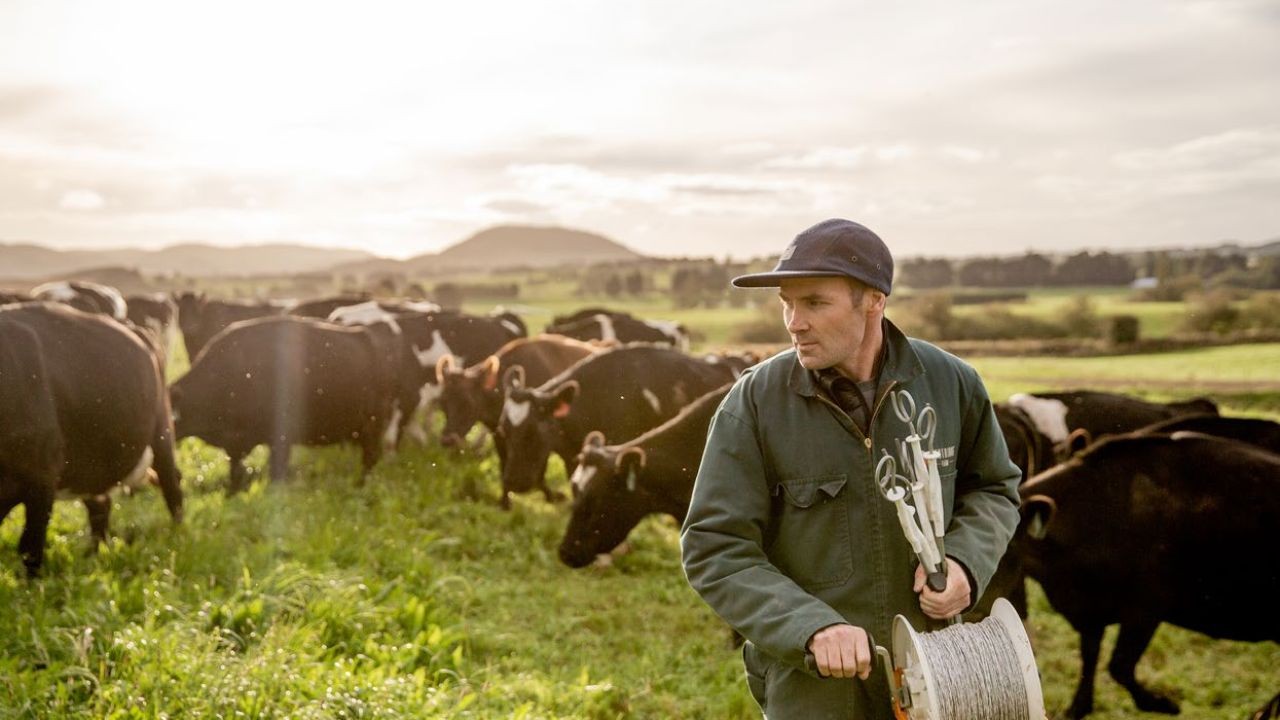








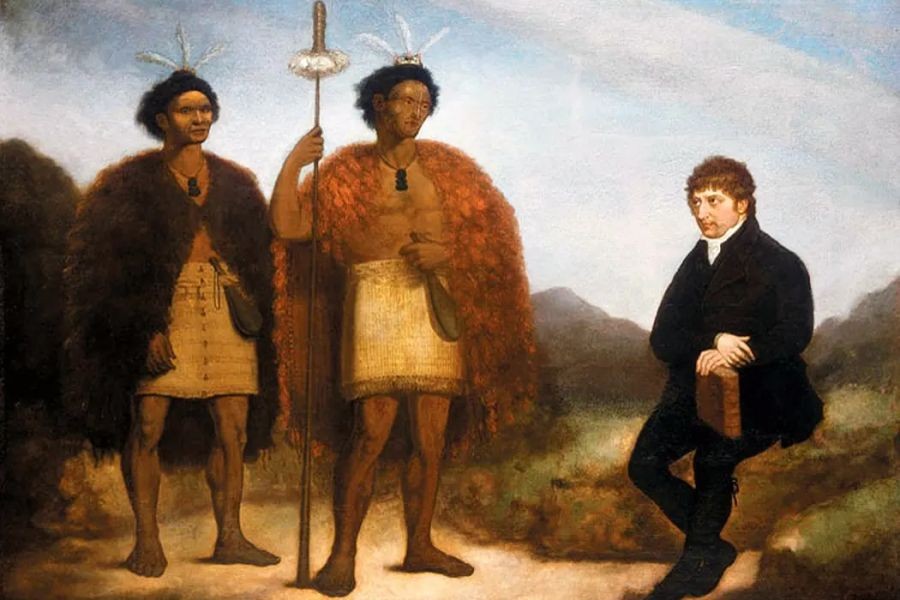

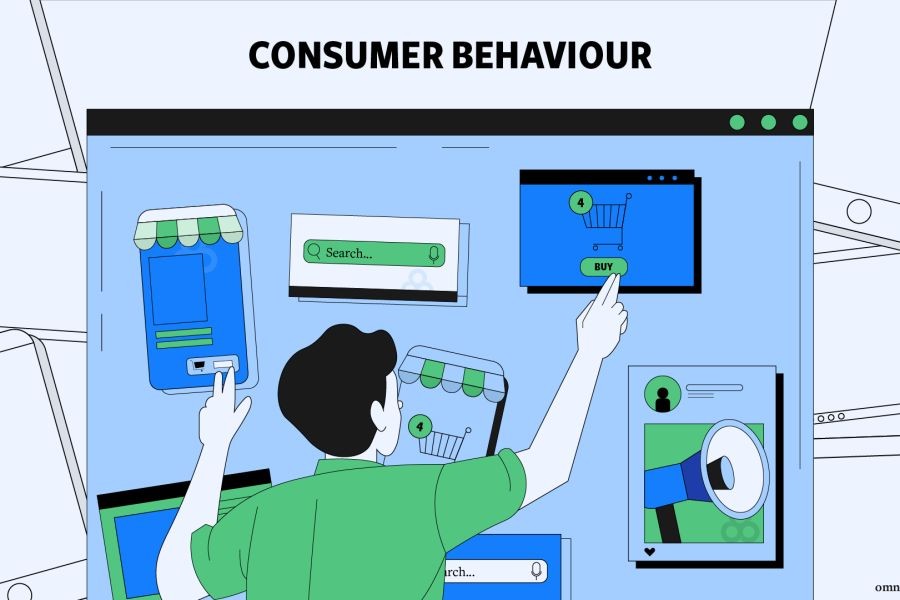

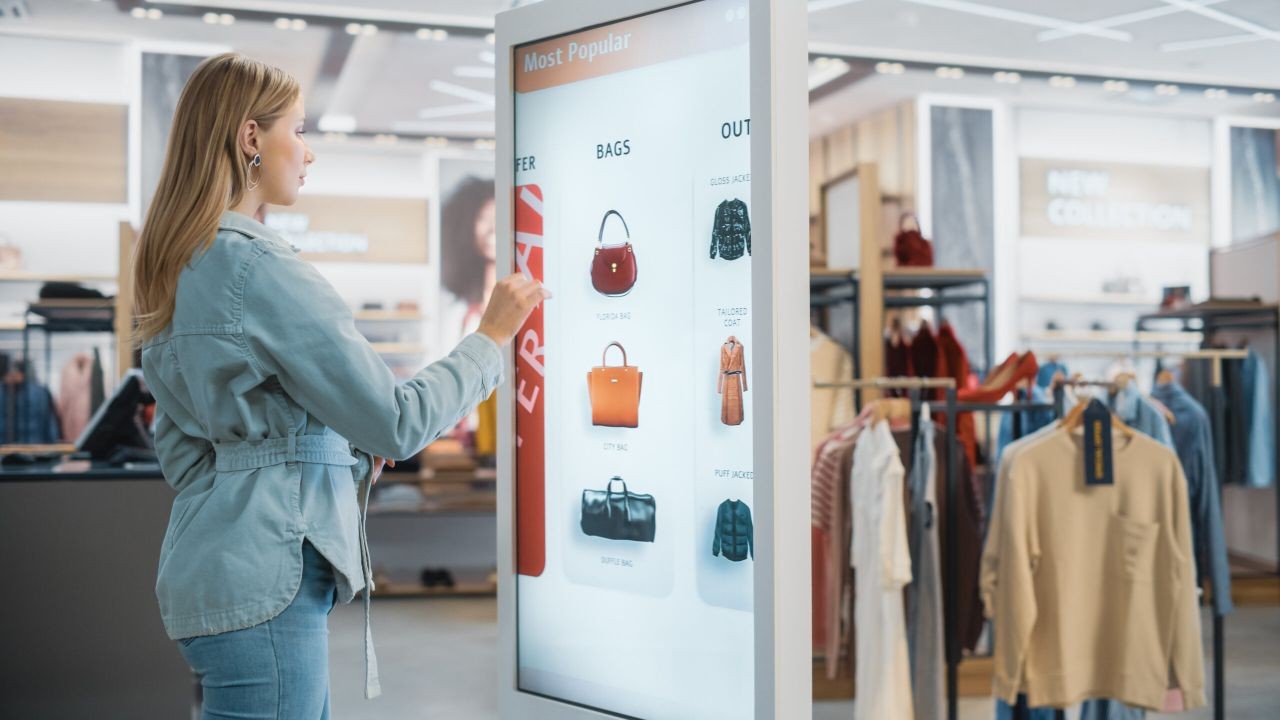





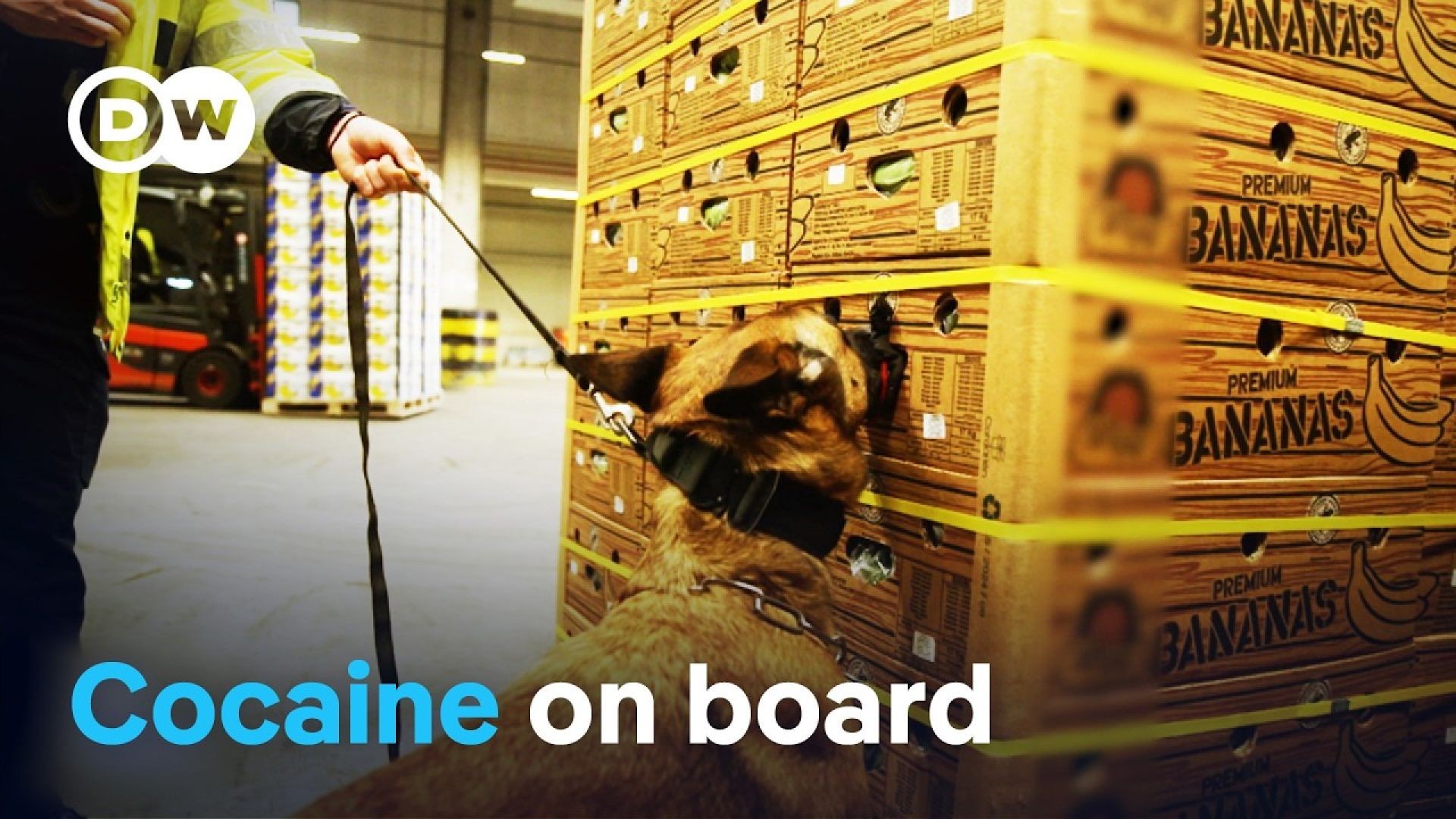
darylpiedra980
8 months ago